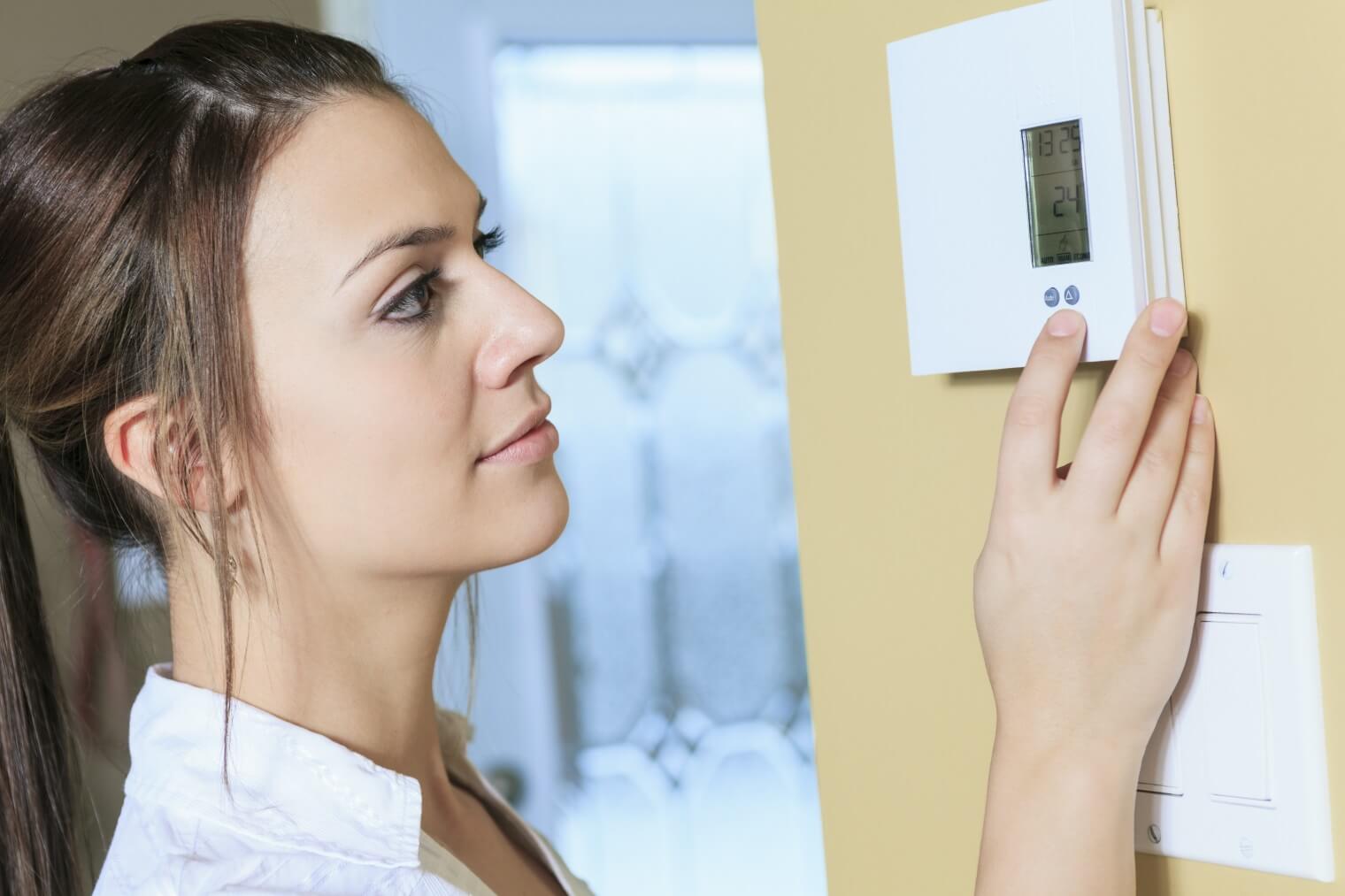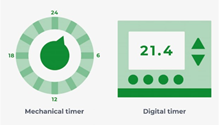
Published date: 28 October 2022
The clocks are changing - reset your heating’s timer
The days are getting colder and shorter. Time to change the settings of your heating schedule.
One of the best things you can do to reduce your carbon footprint and energy bills is to optimise your heating system.
Many properties will have a building management system that takes care of this, but there are also timer clocks that need setting and adjusting manually.
The clocks are set to go back at 2am on Sunday, 30 October. Be sure to check if your clocks are set correctly, along with the temperature of your boilers. Now that we're heading into the colder months, you'll likely be using the heating a lot more.
If possible, consider turning down the thermostat by 1°C. This could slash your heating bills by 10% a year (Energy Saving Trust, 2021).
Customers and colleagues should check that the time is correct and reflects the operational hours of the site. Before making any major changes, reach out to our Facility Management colleagues who normally change time clocks and programmes.
How to adjust the timer

There are many makes of timers out there, but they will either be mechanical or digital.
The first and most important step is to make sure that the time is correct.
Look to pre-heat for half an hour before opening and stop the heating an hour before closing.
You should also set the heating to turn off for periods during the day when possible.
Mechanical Timer
- Make sure that the boiler is on a timed setting.
- Use the tabs or pins on the outside of the timer to set the time periods.
Digital Timer
- Follow the set/programme steps to choose the time periods you need the system to be on.
- Check if the boiler is on to activate your settings.
Need help adjusting your timer? Reach out to our Customer Service Centre.
Did you know that we provide 100% renewable electricity?
By moving to 100% renewable electricity, we will offset over 37,000 tonnes of CO2 per year, demonstrating our dedication to tackling climate change while promoting sustainable practices with all of our buildings. Watch the video to learn more.





